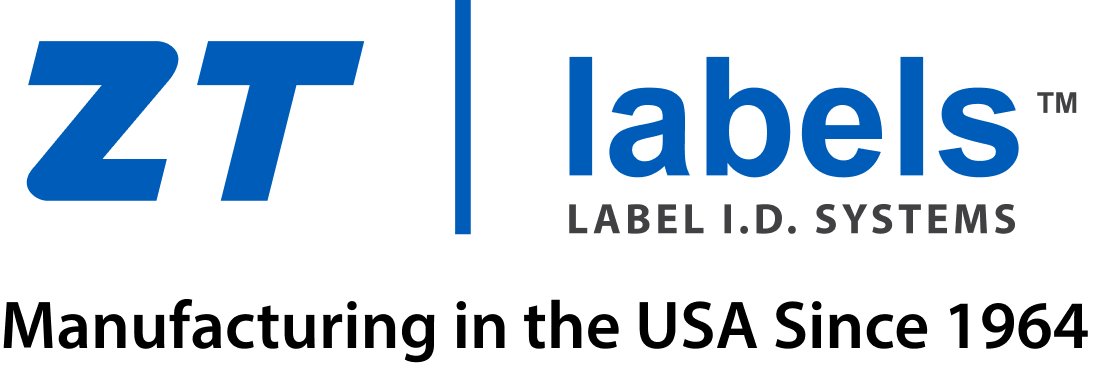What is Flexographic Printing?
Even After 100+ Years, It Remains One of the Most Popular Printing Processes. Why?
What is Flexographic Printing?
Flexographic printing, often called flexo printing, is a type of printing process that uses a flexible relief plate (hence flexographic) that is usually made out of rubber, soft plastic, or UV sensitive polymer. These plates carry a raised image, or relief, of the desired design. The flexibility of the plates allows them to be wrapped around an ink coated cylinder. Each plate carries a different color ink: cyan, magenta, yellow, or black. During the printing process, only the relief comes in contact with the ink, which is then imprinted onto the final product. This process creates sharp, extremely detailed, and beautifully colored images.
When Was Flexography Invented?
The first flexographic press was created in Liverpool, England in 1890 by a paper bag manufacturing company called Bibby and Baron. Flexographic printing was originally called “aniline printing”, due to the aniline oils used in the inks. In the early 1900s, similar presses started being developed in Europe using rubber printing plates. By the 1920s, most of these presses were being made in Germany, where the process was called “gummidruck” (rubber pressure). Aniline printing became widely popular for food labeling in the early 20th century.
However, in the 1940s, printing sales began to drop when the FDA classified aniline dyes as hazardous and unsuitable for food packaging. Sales continued to decline, even after the government approved new, safer aniline inks for food packaging. As a way to re-popularize the process, a new name for aniline printing was announced in 1952: “flexography”. Throughout the 1950s, new polyamide inks were developed for flexo printing. The 1960s marked the “golden age” of advertising, during its “creative revolution” (think Mad Men). As the high quality of flexographic printing continued to develop, the process skyrocketed in the 1990s, and continues to be one of the most popular printing processes today.
What are the Benefits of Flexographic Printing?
- An Oldie But Goodie. Even though flexographic printing dates back to 1890, it is still one of the most widely used printing processes today! This is because it is still able to produce the highest quality of prints and in the largest quantities.
- High Quality Prints. Ink printing (flexographic printing) produces the highest possible printing quality and most refined images that you cannot get through digital printing. Flexographic relief plates have the ability to make extremely precise prints of small text and finely detailed artwork, along with amazing color fidelity.
- The Richest Colors You’ll Find. Flexo printing is completed through the four-color printing process, or CMYK. CMYK stands for cyan, magenta, yellow, and black. Through CMYK printing, you are able to achieve the richest, truest colors that RGB (red, green, blue) printing can’t provide.
- Capable of Faster, Larger Runs. Flexo printing is able to handle huge printing quantities, ridiculously fast. In fact, flexo printing is recommended for printing runs of 500 or more. The flexo printing process is one of the fastest printing processes out there.
- Cost Effective. Flexo printing often requires a setup fee to make the relief plates. However, since offset presses can print so rapidly, price per piece greatly decreases with quantity. Flexo printing becomes more cost effective than digital printing when you have longer runs, since your setup fee becomes absorbed by the diminished price per piece. In addition to this, the same relief plates can be reused many times, making repeat jobs even more economical.
Although flexographic printing was created over 100 years ago, it still manages to outperform digital printing when it comes to speed and quality. Because flexographic printing still uses ink instead of toner, and relief plates, your finished product will render finer detail and richer colors than almost any other printing process out there. If you are thinking of printing custom labels, consider flexographic printing for your next job!
To learn more about custom label printing through Ziptape, feel free to email us at info@ziptape.com, or call us at 480.966.2999.



